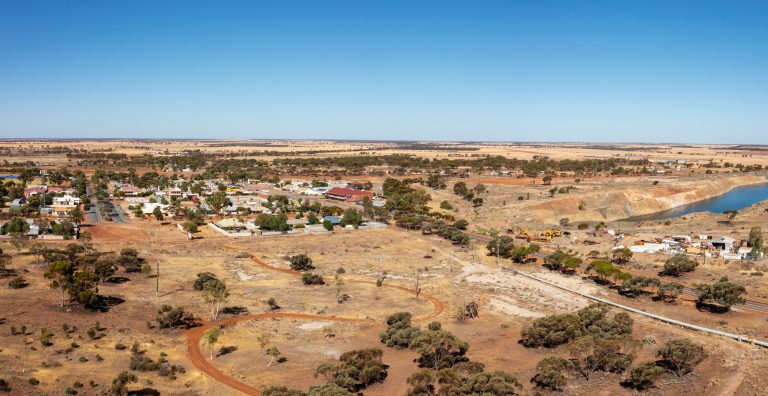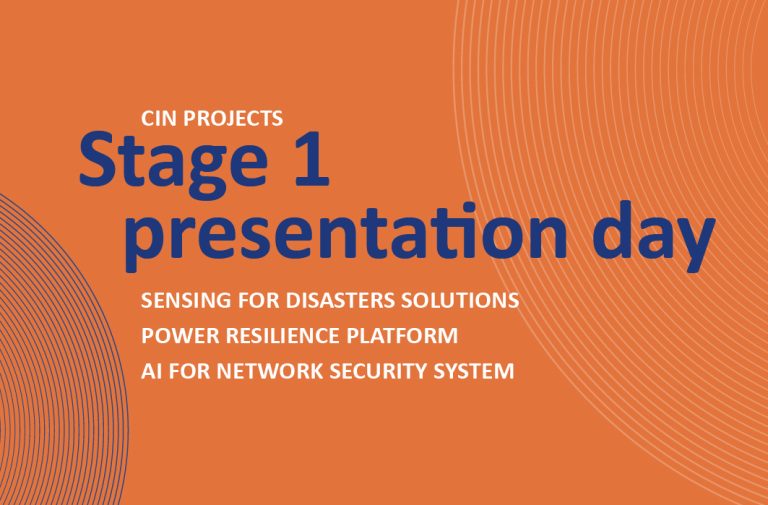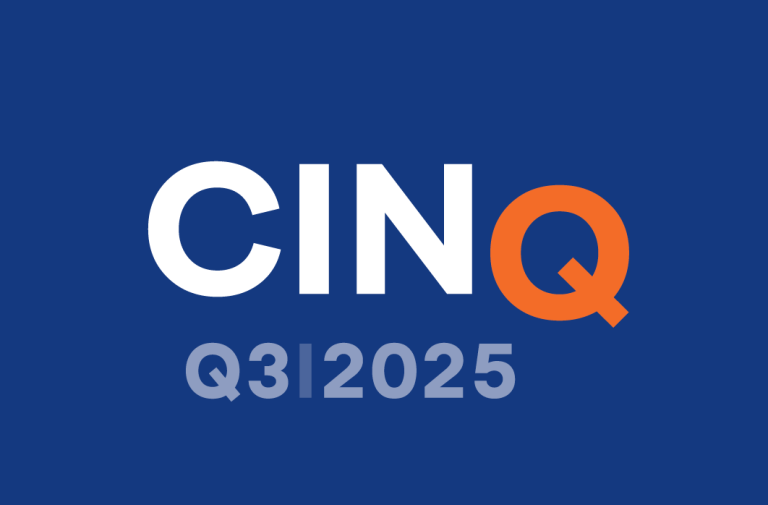Power Resilience Platform
The Power Resilience Platform is an innovative initiative designed to enhance the resilience of the NSW Telco Authority’s (NSWTA) Public Safety Network (PSN), a critical communications system used by frontline emergency services, government agencies, and essential services across New South Wales. The PSN is one of the largest of its kind globally and is second only to Australia’s triple zero emergency hotline in importance.
This project aims to build on NSWTA’s ongoing Resilience Program, which bolsters PSN reliability by upgrading network infrastructure and deploying mobile assets to safeguard connectivity. By integrating a unified data management platform, the Power Resilience project will provide real-time monitoring of the power supply at individual sites, predictive analytics for potential disruptions, and proactive measures to maintain network functionality, even during emergencies.
The Problem: Power Supply Vulnerabilities During Disasters
Natural disasters and extreme weather events often result in widespread power outages, severely impacting emergency response efforts and essential communication services. The lack of a reliable power supply during these critical moments leads to delayed recovery times, reducing the effectiveness of emergency operations and leaving communities without vital communication links.
Market Gaps:
Traditional power infrastructure faces significant challenges in supporting critical communication networks, including:
- Vulnerability to extreme weather events, resulting in widespread outages.
- Insufficient backup power options for essential services.
- Slow recovery and power restoration, prolonging the downtime of critical communication networks.
The Solution: Resilient Energy Systems for Critical Communications
The Power Resilience project addresses these challenges by developing resilient, off-grid energy solutions tailored for emergency services and critical communications. Key solutions include:
- Off-grid Renewable Energy Systems: Designed to provide continuous power to PSN sites during grid failures.
- Portable and Scalable Power Units: Allowing emergency services to maintain operations in remote or disaster-affected areas.
- Collaborative Energy Systems: Linking renewable energy sources with battery storage for seamless, uninterrupted power transfer across the network.
Applications
- Disaster Preparedness: Ensuring reliable communication for emergency responders during natural disasters and other emergencies.
- Remote Area Connectivity: Supporting critical services in remote regions with independent, sustainable power systems.
- Public Safety Networks: Safeguarding the operation of the PSN and ensuring that essential communication services remain active when most needed.
Next Steps
The project is currently in progress, with a focus on validating the performance of renewable energy systems and predictive analytics to ensure the PSN’s resilience in real-world scenarios. The next phase will involve testing and scaling the system for deployment across various regions.
Project duration:
12 months
Project status:
In progress
Final presentation: 26 November 2025
Project leaders:
A/Professor Wenjing Jia – University of Technology Sydney
Dr. Fenghui Ren and A/Professor Jun Yan – University of Wollongong
Dr. Vinh Bui, Professor Brendan Kelaher and Dr. Ali Reza Alaei – Southern Cross University
Industry collaborators:
NSW Telco Autority
Frequently Asked Questions (FAQ)
- Emergency Services: By ensuring a stable and resilient power supply, this project benefits frontline responders (such as fire, police, and ambulance services) by maintaining continuous communication during disasters. This enables them to coordinate more effectively, improving response times and overall efficiency.
- Government Agencies: Agencies that manage or rely on public safety communications will benefit from the increased reliability of the Public Safety Network (PSN), as it ensures their essential services remain uninterrupted during crises.
- Essential Service Providers: Utilities, healthcare facilities, and transport services that depend on stable communications will benefit from a resilient network that helps them maintain operations and respond faster during power outages or natural disasters.
- Rural and Remote Communities: Regions with limited infrastructure, especially rural and remote communities, will benefit from enhanced connectivity and reliable communication links supported by off-grid, renewable power solutions.
- Public Safety and Disaster Management Organisations: With reliable communication infrastructure and predictive analytics, disaster management teams can proactively prepare and respond to potential disruptions, improving their effectiveness in maintaining public safety.
- Critical Infrastructure Operators: Operators of utilities, transport, and energy infrastructure that rely on the PSN can use this resilience to minimize downtime, protect assets, and maintain essential operations in adverse conditions.
- Research and Development in Sustainable Power Solutions: Innovations in off-grid and portable power solutions serve as a model for other sectors exploring resilience in energy systems, promoting sustainable and independent power options for critical operations.
These groups, directly or indirectly, benefit from the project’s goals of reinforcing power resilience, enabling reliable communication, and ensuring the continuity of essential services during crises.
To stay updated on this exciting project, subscribe to our mailing list and follow us on LinkedIn.
For enquiries:
- Media Enquiries: communications@connectivityinnovationnetwork.com
- General Enquiries: admin@connectivityinnovationnetwork.com
Find out more
To stay updated on this exciting project, subscribe to our mailing list and follow us on LinkedIn.
For enquiries:
- Media Enquiries: communications@connectivityinnovationnetwork.com
- General Enquiries: admin@connectivityinnovationnetwork.com







